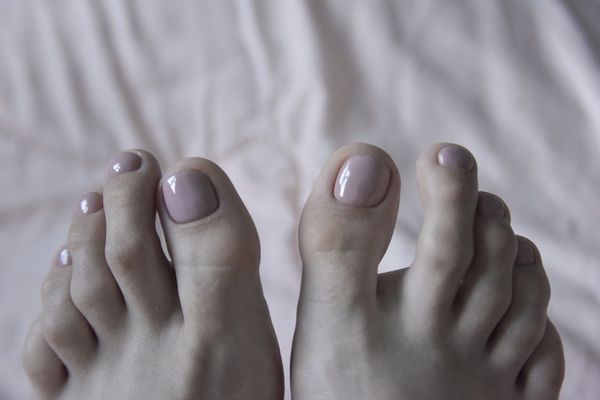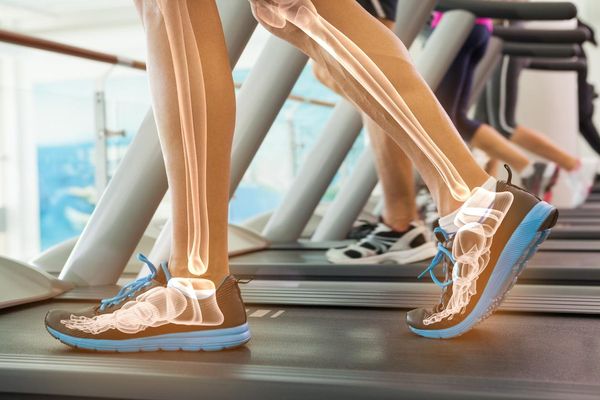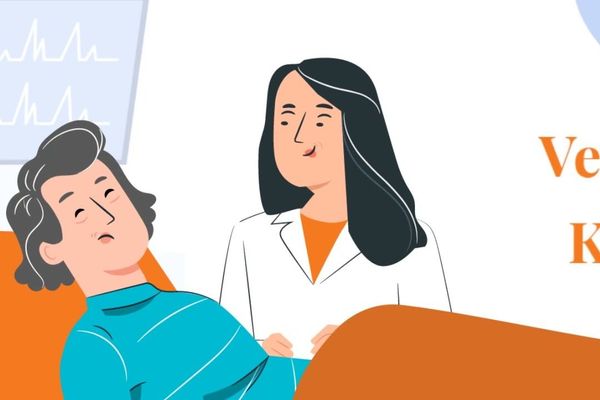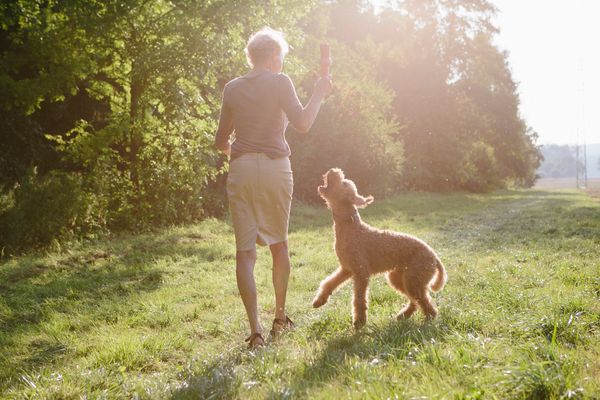When I was asked to wear an arm brace as an experiment for the Know My Bones campaign, I didn't hesitate to agree. As a child, all I wanted were two things: eyeglasses and a cast on my arm. OK, I'm not a child any longer (though some might argue otherwise), yet I still have that weird childlike wonder about the cast thing. But I should have realized this: if it is anything like the eyeglass thing, it's way overrated.
I did it for a day. I wore an "elbow immobilizer," which kept my elbow fixed and bent at a 90-degree angle. And to get the real challenge, I wore it on my dominant arm (my right). And all I can say is by the next day I was way done with wanting to wear it. I couldn't wait to take it off. It was like having one arm tied behind my back.
The most mundane things—like scratching an itch or brushing my teeth—were taken to new heights of difficulty. Washing my hair? Impossible. Driving? Not so easy. Reaching down to pick up something I dropped? Oh, that's right, I need to use my left hand—the one that is clumsy and always drops everything. When I was chilly and tried to put on a sweater, I shivered instead. And any sleepless night I've ever had paled in comparison to this one spent trying to find a comfortable position for myself.
If I were suffering from osteoporosis (a.k.a. brittle bones), and had to wear this cast for weeks as opposed to hours, I'm sure I would start to worry about the most basic, mundane activities we all take for granted. Think about it: walking down the stairs, navigating icy sidewalks, bending down to garden or play with grandkids. Simple under normal circumstances; but with brittle bones, falling - or even something as minor as sneezing - can put you in a cast, or worse, the hospital, requiring surgery from a major fracture.
Luckily, that's not the way it has to be. Just because you're a woman with postmenopausal osteoporosis, you needn't sign on for the job of suffering a fracture. If you take some precautions, you can choose another path and minimize your risk of fracture and other complications that come with the job.
Interested in applying for the job? Here are two options:
Help Wanted—Two Opportunities
Job A: Looking for postmenopausal osteoporotic women, age 50+, to wear brace or cast to immobilize body part. History of inactivity, extra pounds and poor or no adherence to your doctor's advice a plus.
Excellent potential for long-term position with tenure and possible immobility. Focus on minimizing activities that could lead to leg, arm or wrist fractures.
Note: All levels of experience are welcome to apply; however, the following experience will put you ahead of the other applicants:
- Lower bone mineral density
- Previous broken bones (fracture)
- Parent history of broken hip bone
- Smoker
- Use of certain medicines
- Rheumatoid arthritis
- Excessive use of alcohol (3 or more drinks a day)
Job B: Looking for ambitious, detail- and future-oriented postmenopausal women, age 50+, willing to avoid fractures. Must have excellent communication skills (both written and verbal) and be willing to work closely with health care professionals.
Excellent potential for growth and continued good health and mobility.
Responsibilities include:
- Routine, 15-minute bone density tests (every 2 years or more frequently) and thorough understanding of test results
- Maximizing osteoporosis treatment. Must be willing to take it as directed; disclosure of not taking medications an absolute necessity.
- Monitoring calcium intake by following National Osteoporosis Foundation guidelines: If you're an adult under age 50, you need 1,000 milligrams of calcium a day. If you're age 50 or older, aim for 1,200 milligrams daily.
- Monitoring Vitamin D intake by following guidelines: If you're an adult under age 50, you need 400–800 IU (international units) of vitamin D daily. If you're 50 or older, you need 800–1,000 IU.
- Getting adequate exercise: Aim for 30 minutes of weight-bearing exercise on most days, and do strengthening exercises on each major muscle group 2 to 3 times a week.
- Continuous communication with your health provider to discuss bone health goals







